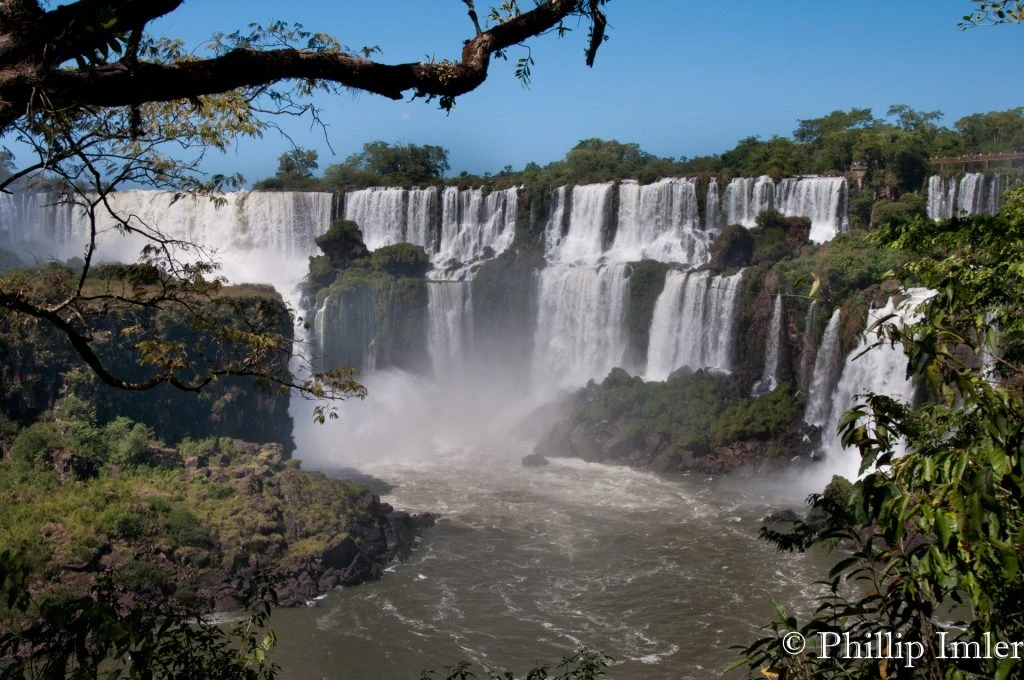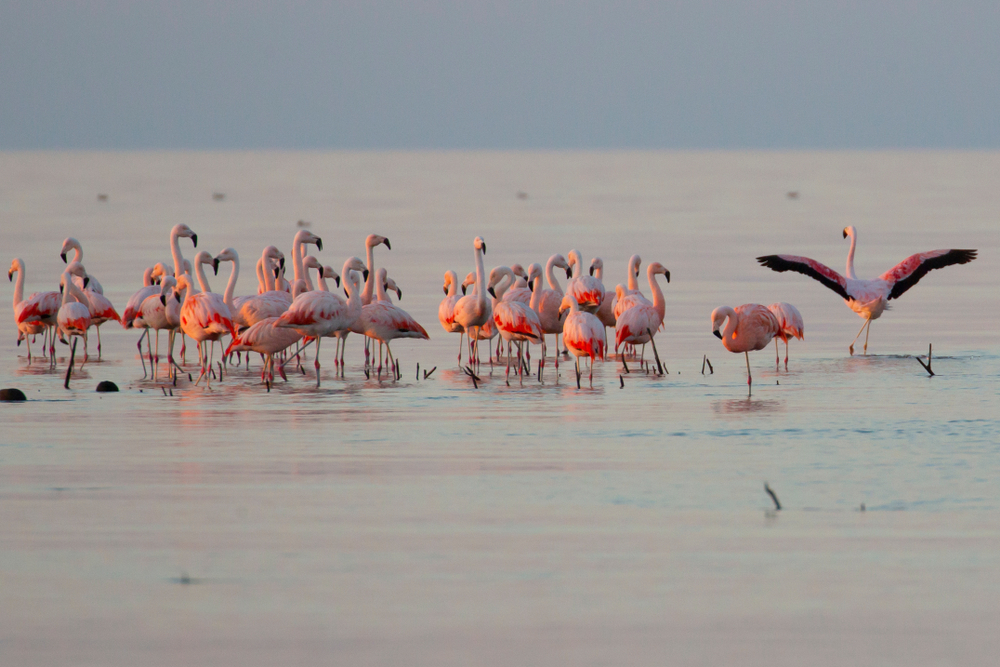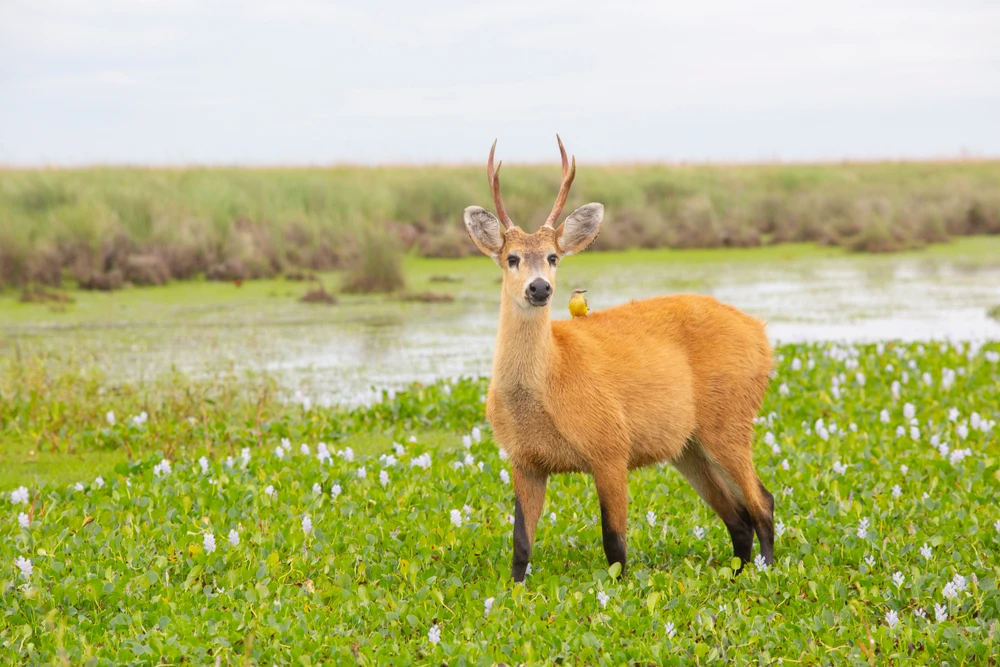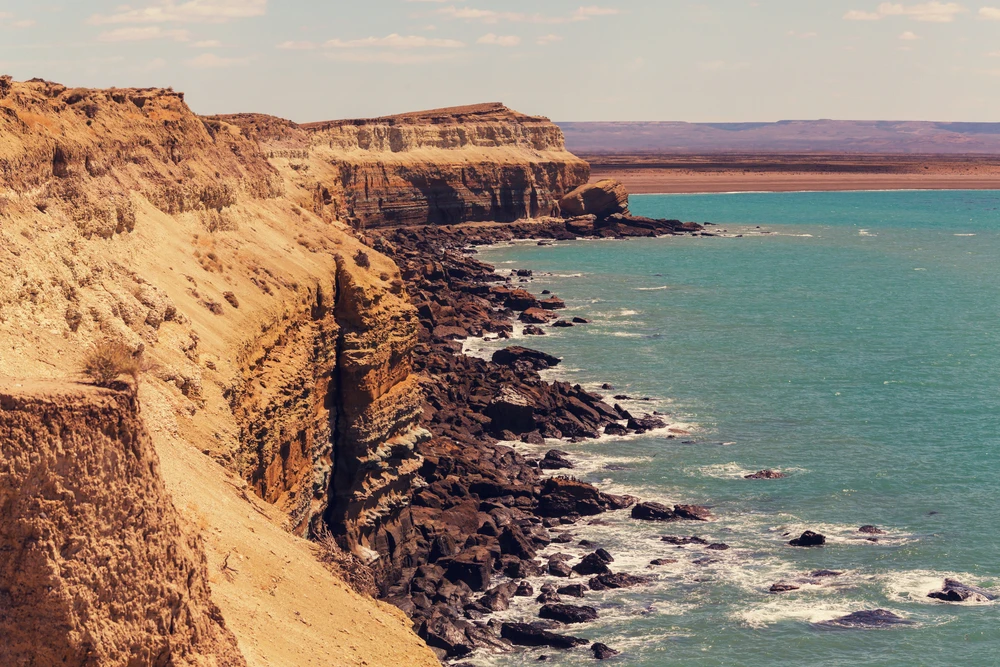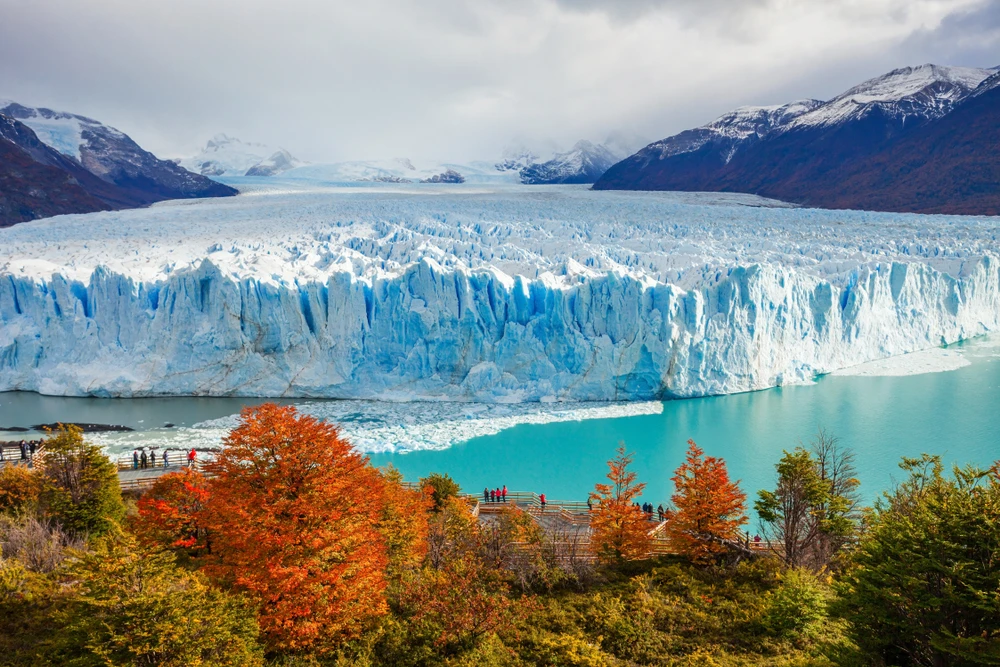Río Pilcomayo Overview
Río Pilcomayo National Park, or Parque Nacional Río Pilcomayo in Spanish, is a protected natural area in northern Argentina, within Formosa Province. Covering approximately 195 square miles (500 square kilometers), the park sits along the Paraguay border, where the Río Pilcomayo forms a natural boundary between the two countries.
The park is part of the Gran Chaco region, a vast and ecologically significant area known for its diverse habitats, including wetlands, grasslands, and dry forests. The landscape features a mix of meandering rivers, marshes, lagoons, and palm-dotted savannas, creating an environment that supports a remarkable variety of flora and fauna. The Monte Lindo Lagoon is one of the park’s most notable features, attracting birdlife and providing a scenic spot for visitors.
The vegetation in Río Pilcomayo National Park varies depending on the terrain, with large expanses of quebracho trees, carob trees, and dense thorn forests in the drier sections, while the wetter areas support tall grasses, water lilies, and floating vegetation.
The mixture of ecosystems allows for a unique blend of wildlife, making the park an important conservation area. The park is home to a variety of mammals, including capybaras, howler monkeys, tapirs, and the elusive jaguar, which roams the more remote areas. Other predators, such as pumas and ocelots, also inhabit the park, adding to its ecological richness. The waterways are teeming with caimans, turtles, and an abundance of fish species.
The birdlife is particularly striking, with more than 300 species recorded, including herons, jabiru storks, kingfishers, and the strikingly pink roseate spoonbill. The park is also an important habitat for the crowned solitary eagle, one of the rarest raptors in the region.
Visitors to Río Pilcomayo National Park can explore the park through a network of trails and observation points that provide access to its diverse environments. The Laguna Blanca area is a favorite for birdwatchers, offering a chance to see migratory and resident species up close.
Canoeing and fishing are popular activities on the rivers and lagoons, allowing for a closer connection to the aquatic ecosystems. The park’s remote location means that it is relatively undisturbed by mass tourism, creating an ideal setting for those looking to experience nature in a tranquil and pristine environment. Camping and rustic accommodations are available, offering a way to immerse oneself in the park’s beauty over multiple days.
Río Pilcomayo National Park faces several conservation challenges, including deforestation, illegal hunting, and the impacts of climate change, which affect water levels and the overall health of the wetlands.
However, efforts have been made to improve conservation initiatives, including better park management, increased monitoring of key species, and collaboration with local communities to promote sustainable practices.
The park is part of the Ramsar Convention, which designates it as a wetland of international importance, highlighting its crucial role in regional biodiversity. Through continued conservation efforts, the park remains a valuable refuge for wildlife and a destination where visitors can experience the natural beauty of Argentina’s Gran Chaco region.











































































